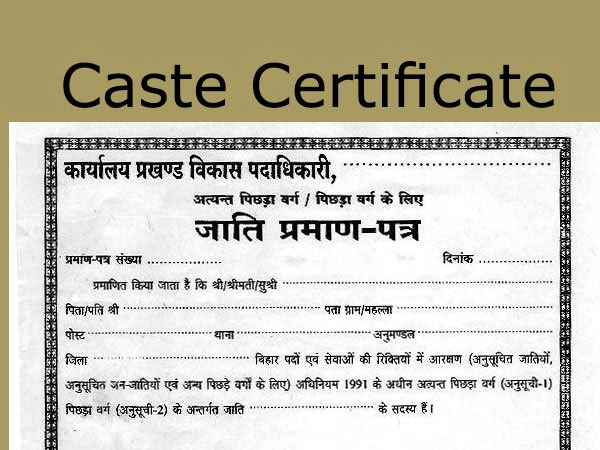Lullubhai Shah, Kt., Acting C.J.
1. This second appeal arises out of a suit filed by the plaintiff for a declaration that the defendant had no right to open new jalis or lattices in the wall in dispute, and for an injunction restraining the defendant from interfering with the closing of the said jalis by the plaintiff from his aide. It was alleged that the jalis were put up by the defendant in 1920 when the plaintiff was absent, and that though an attempt was made to close up the jalis on behalf of the plaintiff, that attempt was resisted by the defendant, and that the defendant insisted upon keeping the jalis open without any obstruction from the plaintiff''s side. The defendant in her written statement maintained that both the jalis were ancient and not newly opened as alleged by the plaintiff. She repudiated the statement that she had caused obstruction to the plaintiff in any way and had removed the bamboo said to have been put up by the plaintiff. She did not in terms repudiate the allegation that she had insisted upon her right to keep the jalis unobstructed. On these pleadings issues were framed, and the trial Court found that the upper jali was ancient, and in fact it was admitted by the plaintiff'' that the upper jali was ancient. Bat the trial Court found that the lower jali was new as alleged by the plaintiff and that the defendant had no right to prevent the plaintiff , from closing the jali from his aide of the wall. The trial Court, however, was not satisfied that the plaintiff had in fact attempted to close the jali and that the defendant had prevented him from doing so. The Court did not consider it necessary to grant any injunction. It declared that the defendant had no right to create any new easement on the plaintiff''s land by opening any new jalis to the south of the plaintiff''s house and that she had no such right in respect of the lower jali recently opened by her in it.
2. The defendant appealed, and apparently the finding that the lower jali was new was not questioned. It was urged in the lower appellate Court that as the alleged obstruction on the part of the defendant waft not proved the plaintiff had not suffered any injury and that the suit was not maintainable. This contention was allowed by the learned District Judge with the result that the plaintiff''s suit was dismissed with costs throughout.
3. The plaintiff has appealed to this Court. It is urged in support of this appeal that whatever the nature of the relief which the Court may grant under the circumstances, the suit should not have been dismissed, and the question of jali being old or new should not have been left open when it was in fact proved that the jali was new. On behalf of the respondent it is not disputed before us that the jali is new. In fact the contention of the defendant in the trial Court was that it was ancient and that she had the right to maintain the jali unobstructed by the plaintiff. If the jali is new, as is now conceded and as was found by the trial Court, it is clear that the plaintiff would have the right to close the jali from his side and the defendant would have no right to obstruct him in doing so. Under these circumstances it seems to us that the suit should not have been dismissed but a relief appropriate to the facts found should have been awarded so as to prevent any further litigation on the same question which has been litigated in this suit. The view taken by the lower appellate Court appears to he based upon a somewhat narrow reading of the pleadings The plaintiff alleged in this case that his right to close up the window from his side was denied by the defendant. He alleged further that actually the defendant obstructed him in closing the window. This last allegation way not proved but the other allegation that she had denied his right to close up the window was not denied in the written statement. Further the assertion in the written statement that this window was ancient goes to support the allegation in the plaint that the defendant had insisted upon maintaining his jali unobstructed on the side of the plaintiff and had not accepted the plaintiff''s view of the matter. Under these circumstances, it is not reasonable in cur opinion to hold that the suit is not maintainable. u/s 54 of the Specific "Relief Act when the defendant invades or threatens to invade the plaintiff''s right to or enjoyment of property, the Court may grant a perpetual injunction in the canes mentioned in the section. In the present case there in an allegation that the defendant threatened to invade the plaintiffs right to enjoy his property without the new jali getting any light or air from his Hide, and as we have already stated the defendant contested the position that the jali was new find maintained her right to obstruct the plaintiff. Thus there was sufficient basis for the trial Court to deal with the case on its merits; and is not without significance that in that Court apparently no issue was raised as to the maintainability of the suit. The principle governing cases of this nature may be gathered from the judgment in Bindu Basini Chowdarani v. Jahnabi Chowdhrani ILR (1896) Cal. 260, As pointed out in that judgment (p. 264)-
Whether the case is one in which an injunction or any other relief should be granted, or what precise form the should take, arc questions which the Courts dealing with the must decide with reference to the provisions of sections 53 and 54 of the Specific Relief Act. It may be that the plaintiff is not entitled to the relief which she claims or to relief in the particular form which she chained it, but that would not make the suit unmaintainable.
4. Those observations apply to the facts of the present case. The finding that the plaintiff did not put up the bamboos to obstruct the window and that the defendant did not remove any such obstruction may affect the reliefs to be granted under the circumstances, but cannot render the suit unmaintainable. Under the circumstances of thin case we think suit it would be sufficient to declare the right of the plaintiff reserving liberty to him to apply to the trial Court in case hereafter that right is not respected by the defendant. We, therefore, allow this appeal, set aside the decree of the lower appellate Court and declare that the plaintiff has a right to close up the new window put up by the defendant in the wall from his side and reserve liberty to the plaintiff to apply for an injunction in case any obstruction is caused by the defendant in the assertion of that right.
5. The plaintiff to have his costs throughout.

